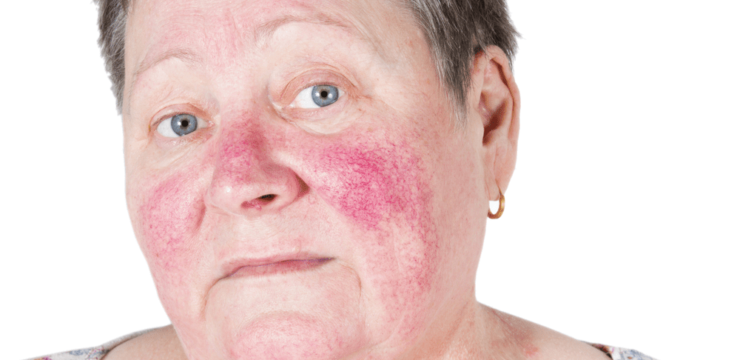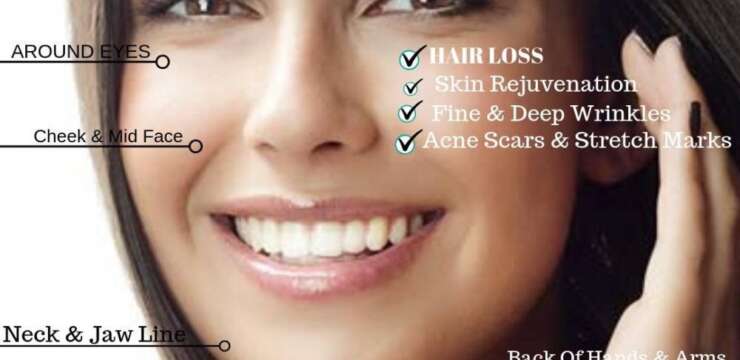Acne needs no introduction. It’s no surprise that it’s the most common skin condition since almost all of us have suffered (or unfortunately continue to suffer) from it.
What causes acne?
Acne is a chronic inflammatory condition related to our sebaceous glands that results in the famous pimples which mostly occur on our face.
Normally we have sebaceous glands that secrete sebum to keep our skin and hair from getting too dry and to eliminate dead skin cells. These glands secrete sebum through follicles in our skin. So far this is all normal and there’s no acne.
What happens is that these follicles can become blocked leading to accumulation and trapping of sebum. As the sebum accumulates it results in a swelling which is the pimple that you see. This swelling can increase and inflammation can occur when bacteria called Propionibacterium acnes become involved.
Acne is relatively harmless since most of us have experienced it at least during our adolescence, but sometimes in cause scars which can result in great distress.
Where can you get acne?
The condition most commonly presents on the face which is what most of us go through, but it’s definitely not exclusive to it. Other common sites of acne are the chest and back because they have rich oily secretions as well.
In general you can get acne or “sebaceous cysts” anywhere in your body except for the palm and the soles. These areas can never develop acne because as we said the condition is directly related to the presence of sebaceous glands. Luckily these glands are completely absent in our palms and soles.
Hormones
You may have noticed that you had the worst acne of your life during middle and high school when you were between the ages of 12 and 18. That’s because there’s a lot of fluctuation in your hormone levels during puberty and adolescence.
Hormones, particularly androgens, trigger acne by stimulating your oil/sebaceous glands to grow which increases the likelihood of one of them getting blocked and forming a pimple. You can expect your acne problem to ameliorate with age as your hormone levels stabilize as you get older.
Other factors
Some people are more genetically predisposed to acne. You might notice that you and other family members suffer more from the condition than other people your age. Or you might notice that two siblings at your school have a particularly bad case of acne.
Other things that can contribute to flaring up of acne include drugs that contain androgens, hormonal changes, and simply stress. During stress your body might increase its productions of androgens and in severe stress some females might even have a drop in the production of estrogen. All of these tip the balance towards androgens taking the upper hand.
Acne scars
In some cases acne can be complicated by scars. This occurs when there’s infiltration of the deep layers of the skin responsible for regeneration resulting in a disfiguring scar that can be the cause of great distress for a person.
Scars can be categorized into two main categories: atrophic or hypertrophic.
Atrophic scars are depressed ones because as the name suggests the skin has “atrophied.” Atrophied skin means it has repaired less than necessary and there’s no enough collagen to repair the wound left by the pimple. Atrophic scars can be boxcar, ice pick, or rolling.
Boxcar scars are U-shaped scars that can vary in depth. The shallower they are the more likely they are to respond to treatment. Ice pick scars the most difficult to treat because they may seem narrow but in reality they penetrate deep into the skin. Finally we have rolling scars with rounded edges and a rolled appearance.
Hypertrophic scars are ones where too much collagen is made to the extent that it’s become disfiguring. These are simply scars that are raised above the surface.
Treatment of acne
Mild acne that most people suffer from can be treated by over the counter skin creams and gels. The most popular of these are benzoyl peroxide, resorcinol, salicylic acid, retin-A, and azelaic acid. These drugs have multiple mechanisms of action.
Benzoyl peroxide works by killing the Propionibacterium acne we talked about earlier helping limit inflammation and speed up skin healing and replacement
Resorcinol helps break down blackheads and whiteheads
Salicylic acid is basically aspirin but in a topical form which controls inflammation
Retin-A derived from vitamin A boosts skin healing
Azelaic acid controls bacterial growth and stops sebum eruptions
More severe forms of acne may require oral antibiotics to control infection. Additionally your doctor may prescribe oral contraceptives in order to correct the hormonal imbalance which is flaring on your acne.
Another form of treating severe acne is by injecting it with corticosteroids. This will significantly hold back inflammation and speed up healing. It’s mainly used for large acne cysts that would probably result in scarring once they rupture.
Isotretinoin is often reserved for resistant cases as it is very effective but has plenty of side effects. It is also derived from vitamin A. It is taken orally so is drastically different from Retin-A. Women who are or even might be pregnant should never take this drug.
In general never use any of these drugs without consulting your doctor first.
Treatment of acne and acne scars at Carelife Style Fairfax Office
There are a couple of ways to treat acne and acne scars and all of them will require a visit to your doctor. Our personal favorite is using laser genesis relying on excel-v platform.
Laser genesis can easily clear your acne scars using a moderate amount of laser waves and absolutely no pain. The session takes between 20-30 minutes and you will not require anesthesia or any other form of preparation except for your eyes to be covered using goggles.
Treating acne using laser genesis is absolutely pain free, not time consuming, and you will only need between 3-6 sessions in order to clear your acne. During the procedure your doctor at Carelife Style will ensure you get the most appropriate treatment based on your skin type without causing any damage to the overall health of your skin.
Another up and coming laser treatment for acne scars is Pearl Fractional Laser with XEO laser platform. Pearl Fractional laser will stimulate your body’s healing process at the sites of the damaged areas while leaving healthy skin unaffected.
You’ll usually only need one session and healing should be complete within a month. It’s recommended to use a topical anesthetic with Pearl Fractional Laser as opposed to Laser Genesis. You might also experience swelling and mild irritation at the sites of treatment for up to a week.
Pear Fractional is not just used to combat acne scars, but can also be used to improve your overall skin conditions helping you overcome imperfections due to aging and sun damage. The technology truly offers the ultimate combination of safety, patient satisfaction, and a speedy recovery. You’ll definitely notice the difference in your complexion after just one session of treatment.
Other methods of treating acne are:
- Dermabrasion and microdermabrasion which rely on a high-speed brush and a spray of small crystals, respectively, in order to clear scars.
- Chemical peels can be used to remove the superficial layer of skin over a scar giving it a more even appearance.
- Punch excisions are more radical as they involve cutting out the scars and repairing the skin defect by stitching it or applying a skin graft.
- Skin grafting can be used alone or in combination with other forms of treatment. It involves covering a defect with a piece of skin from another area of your body most often from behind your ear.
- Call our Fairfax physicians, Dr. Fatima Aziz, Dr. Syed Ashraf, and Glenda Thomas, NP at Carelife Style Medical Aesthetics in Fairfax, Virginia.
- We offer complimentary consults to help you choose the appropriate treatment for you.
- Call us at (703)854-1298




